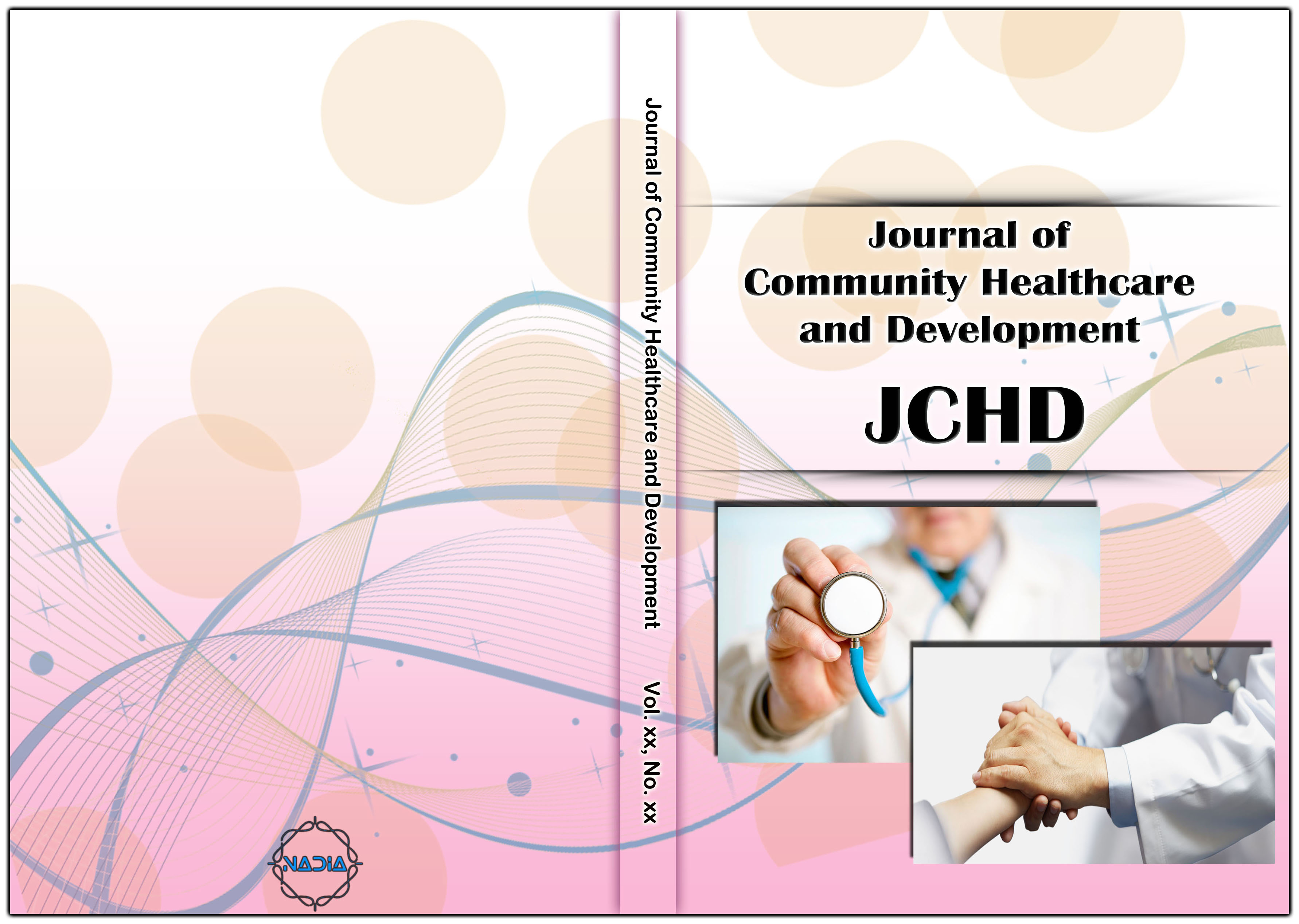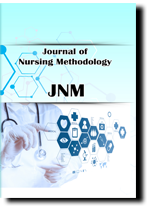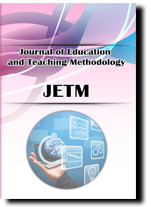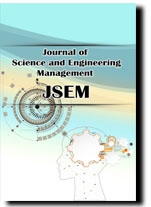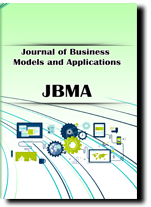A “SHINY” APPLICATION: INTERACTIVE ONLINE MAPPING FOR THE CASE CAPTURE PERCENTAGES OF EXPECTED CANCER CASES IN THE UNIVERSITY OF KANSAS CANCER CENTER
Authors:
Dinesh Pal Mudaranthakam, Department of Biostatistics, University of Kansas Medical Center, Kansas, USA
Junhao Liu, Department of Biostatistics, University of Kansas Medical Center, Kansas, USA
Alex Karanevich, Department of Biostatistics, University of Kansas Medical Center, Kansas, USA
John Keighley, Department of Biostatistics, University of Kansas Medical Center, Kansas, USA
Byron Gajewski, Department of Biostatistics, University of Kansas Medical Center, Kansas, USA
